When we think of solar panels, most of us imagine bright sunny days with clear skies. But what happens when the sky turns cloudy? Do solar panels stop working? The short answer is no—they still generate power, but with some changes in efficiency. Let’s break it down.
When we think of solar panels, most of us imagine bright sunny days with clear skies. But what happens when the sky turns cloudy? Do solar panels stop working? The short answer is no—they still generate power, but with some changes in efficiency. Let’s break it down.
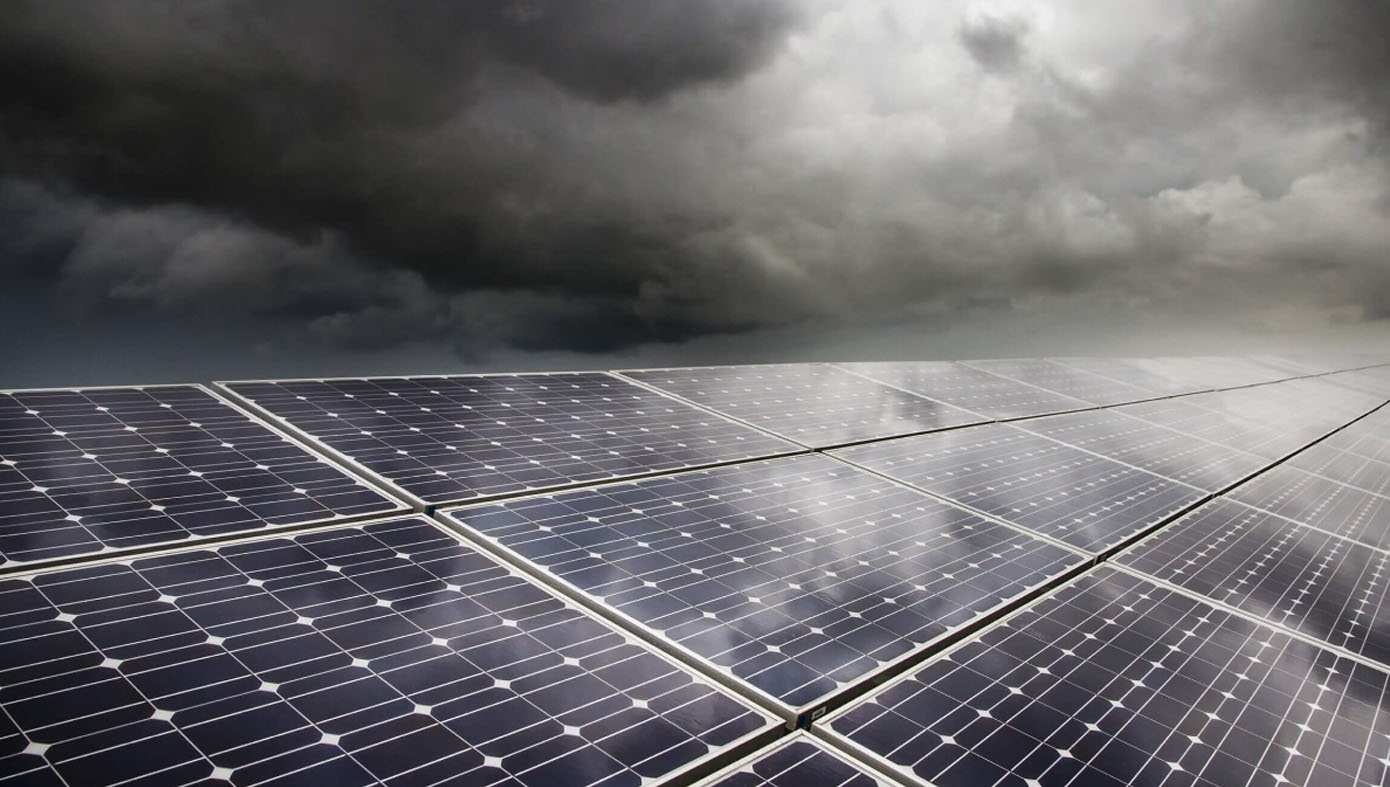
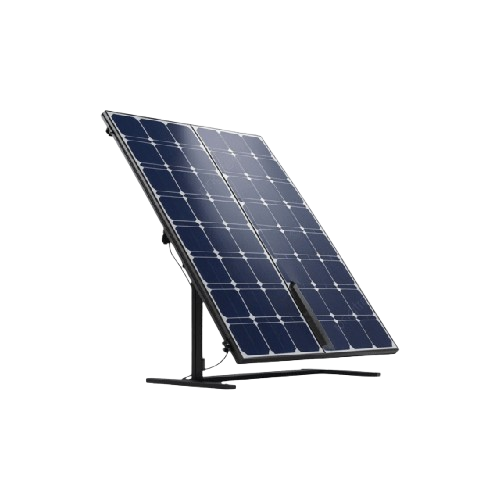
Solar panels convert sunlight (not heat) into electricity through photovoltaic (PV) cells. These cells capture photons from sunlight and produce a flow of electrons—this is what creates electricity. So the key factor is light intensity, not temperature.
Clouds reduce the direct sunlight reaching your panels, but they don’t block it entirely. Even on overcast days, solar panels can still generate power from:
On average, solar panels produce about 10% to 25% of their normal output on cloudy days, depending on cloud thickness.
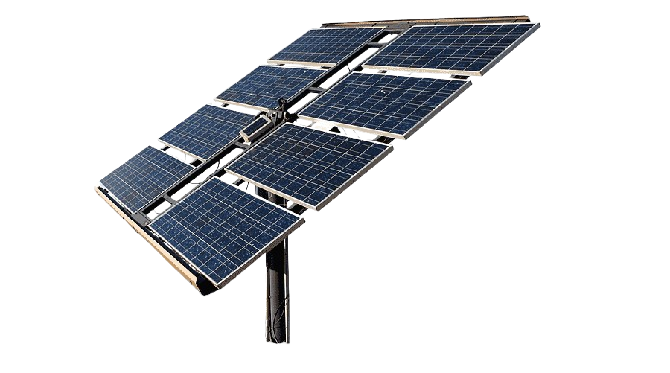
Surprisingly, yes! A phenomenon called the “edge of cloud effect” can temporarily boost output. When the sun peeks out from behind a cloud, the sunlight is magnified at the cloud’s edges—giving solar panels a quick power spike.
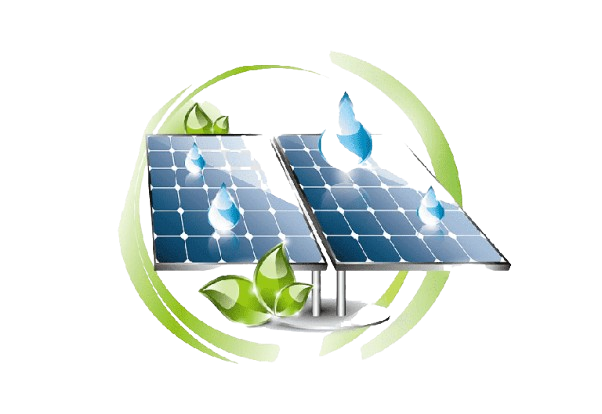
Many people assume hotter days mean more solar power, but that’s not always true. Solar panels actually perform better in cooler conditions. So a cool, partly cloudy day can sometimes be more efficient than a blazing hot, sunny day.
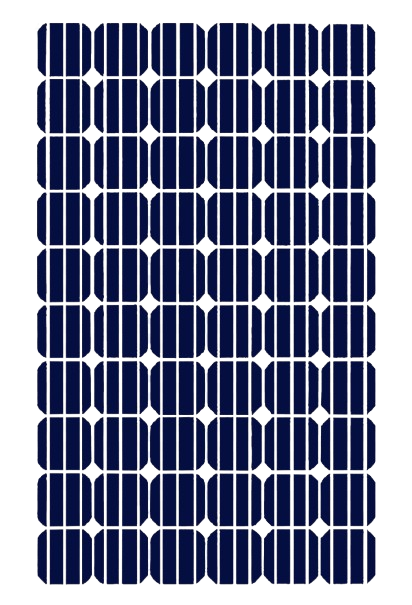
Clouds may dim the sunlight, but they don’t shut down solar power. Modern solar panels are designed to capture even scattered light, ensuring consistent energy generation year-round. So, whether it’s sunny, cloudy, or somewhere in between, solar energy keeps working for you.